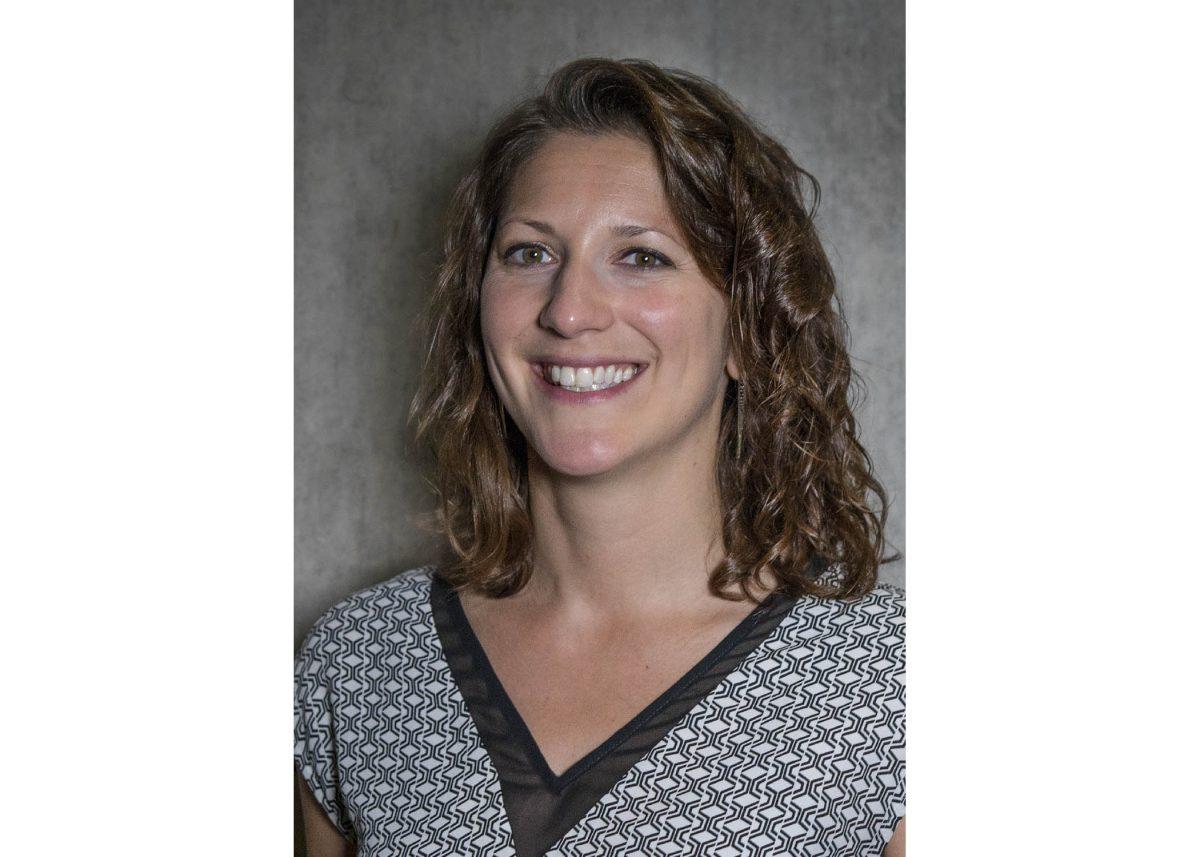Assistant professor in the Department of Oceanography Colleen Petrik will co-lead a task force for the National Oceanic and Atmospheric Administration, NOAA, and has received nearly $800,000 in funding for her three projects within the study.
The task force, entitled the Modeling, Analysis, Predictions and Projections, or MAPP, Marine Ecosystems Task Force, will last approximately three years, and multiple projects from numerous institutions will provide collaborative analysis of the different models.
Petrik said the ultimate goal of the task force projects is to link climate to physics, biology and chemistry in the ocean. The projects are still in the early stages, having only started two months ago.
“It’s really exciting. It gives me confidence not just in my work but in the importance and relevance of the work that I do,” Petrik said. “It’s nice to know that other people find it important and useful.”
Petrik has built a model of the ocean which receives information from other models to predict where certain fish will be located. Petrik began the project after completing her dissertation on the early life phases of plankton, and said she enjoyed uncovering the adaptations and behaviors associated with climate change.
“I’m really looking forward to what steps we can take in three years from now. I think that we are going to make some achievements that have an impact on managing living marine resources,” Petrik said. “Where we can actually take a model and predict what resources are going to in six months and say this is how we have to set harvest rules or catch size limits.”
Petrik said the models themselves are not hard to build, but may be difficult to interpret.
“We are really diving into why the models produce these results and what are the drivers there,” Petrik said.
Petrik is focusing her studies on how the climate affects ocean ecosystems. Petrik said she believes the ocean provides important resources that people may not realize, such as food and jobs through fish and shellfish. With the changing climate, Petrik said more food will have to come from the ocean.
Petrik’s other projects up to this point have been smaller and more focused on specific topics with a shorter timeline.
“This is much, much bigger than that. My projects have two main scientists involved at other organizations,” Petrik said. “There are other projects in the task force that are related that we will be trying to communicate with and learn from.”
With three different ongoing projects and her heavy contributions to the research for the task force, Petrik was asked to be a co-leader in May.
“It was really exciting but also a little overwhelming because I still feel like an early career scientist, so I was worried that I wouldn’t know how to be a good leader,” Petrik said. “I have had a couple meetings so far and I feel like things are going well, and I can offer just as much as the other task force leaders.”
As a researcher who enjoys the opportunity to look into the different ways projects can affect the world, Petrik said it is good for students who are interested in research to reach out.
“[For] students that are interested in getting research experience or really just learning more about topics that they experience in their science classes, it’s good to talk to professors to see if there are opportunities for them to get involved,” Petrik said. “There’s so many small tasks that are good for students to start learning and then they can become a bigger part of projects.”
Oceanography professor to serve as co-lead of federal task force
November 5, 2020
Photo by Courtesy
Department of oceanography assistant professor Colleen Petrik has been chosen to co-lead a task force that aims to link climate to physics, biology and chemistry in the ocean.
0
Donate to The Battalion
Your donation will support the student journalists of Texas A&M University - College Station. Your contribution will allow us to purchase equipment and cover our annual website hosting costs.
More to Discover









